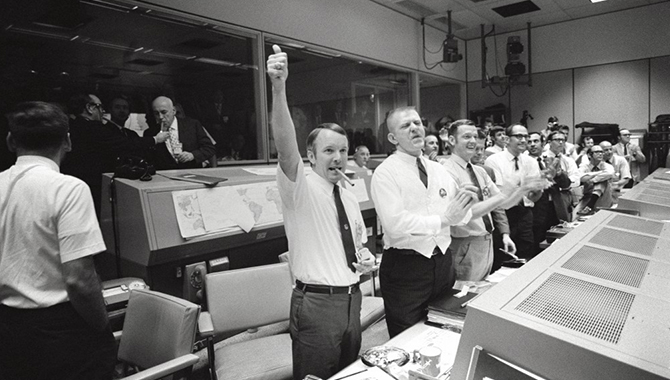
What do all NASA projects have in common? Their success depends on teams of skilled professionals working together to solve problems and deliver results.

What do all NASA projects have in common? Their success depends on teams of skilled professionals working together to solve problems and deliver results.
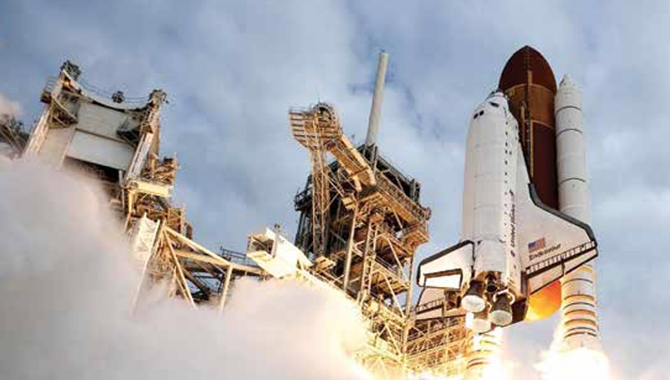
Many of us watched in disbelief as the Space Shuttle Challenger broke apart 73 seconds into its January 1986 flight, killing all seven crew members, including school teacher Christa McAuliffe. The cause of the disaster was an O-ring seal that failed due to cold temperatures. Media extensively covered the accident. And many have used the […]
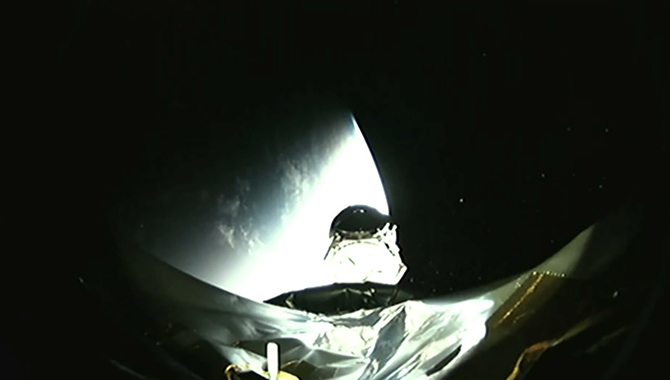
On April 18, 2018, NASA’s Transiting Exoplanet Survey Satellite (TESS) rocketed away from Cape Canaveral, Florida, to accelerate the agency’s search for life beyond Earth.
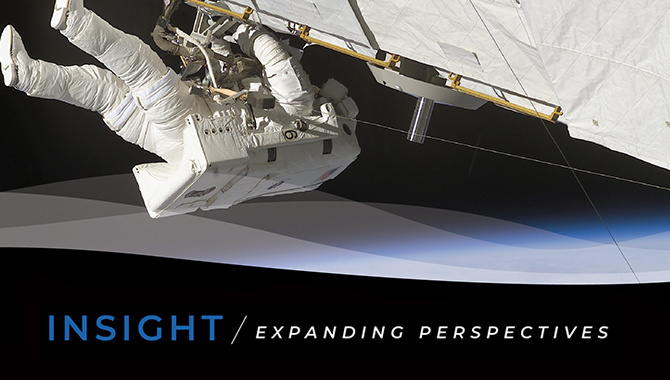
Welcome to INSIGHT: the new monthly publication from APPEL Knowledge Services. Sign up to expand your perspective on engineering, PM, knowledge management, and more.
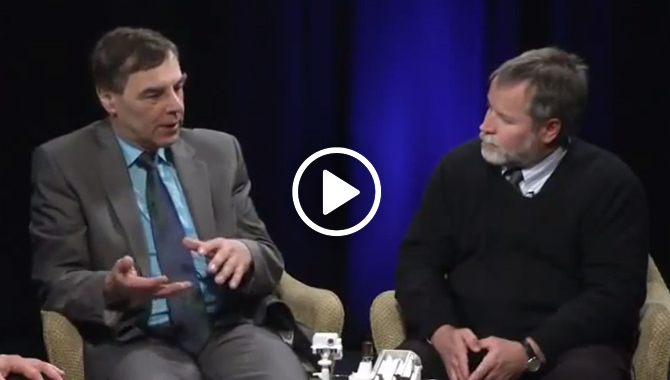
At NASA, balancing the need to innovate to meet project requirements with the amount of risk you are able to tolerate is always an important consideration for leaders.
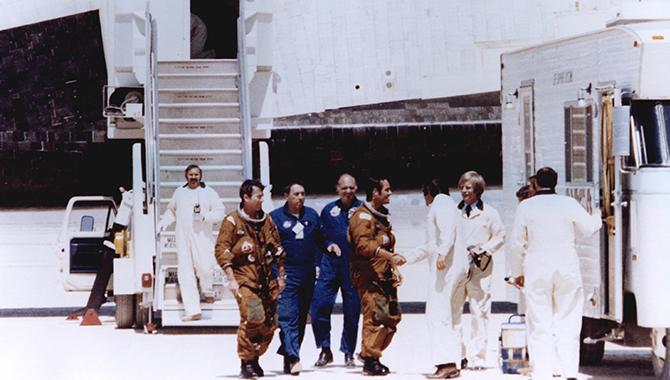
On April 12, 1981, the Space Shuttle Program took off with Space Transportation System 1 (STS-1): the maiden voyage of the orbiter Columbia.
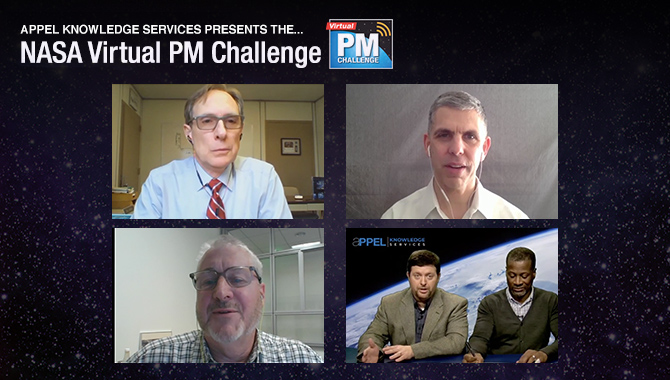
A recent Virtual PM Challenge explored the importance of raising awareness of cognitive bias in engineering decision-making and limiting its impact on NASA projects.
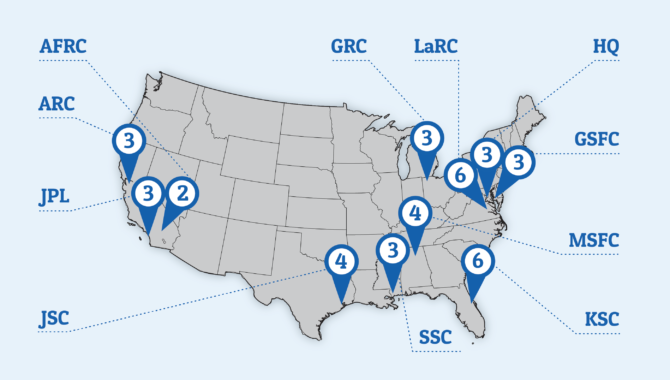
From April through June, 2018, APPEL Knowledge Services will deliver 40 courses designed to support professional development at NASA.
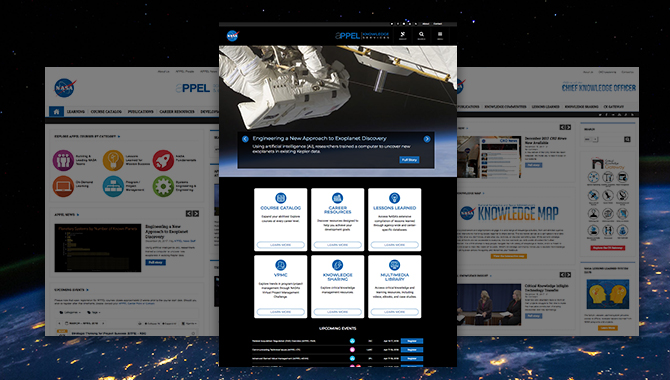
In 2018, the Academy of Program/Project and Engineering Leadership (APPEL) joined forces with NASA’s Chief Knowledge Office (CKO) to create APPEL Knowledge Services.